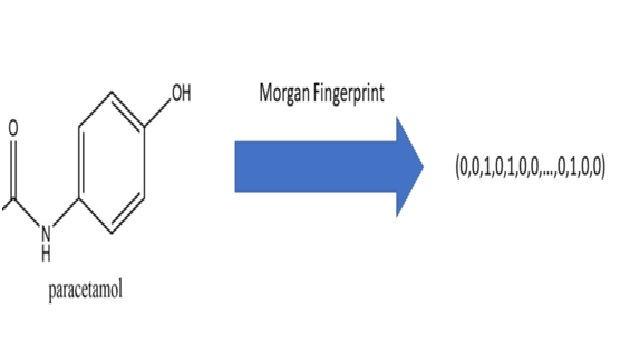Using AI to detect cancer from patient data securely
Image processing is the method of manipulating an image to either enhance the quality or extract relevant information from it. [1] AI Image Processing Services combine advanced algorithmic technology with machine learning and computer vision to process large volumes of pictures easily and quickly. The performance of AI image processing is shown in figure 1.

Figure 1: The role of image processing in AI
AI Image Processing advantages are far-reaching. Every sector, both public and private benefit from using AI and ML to track, analyse, and interpret images in real-time. As more powerful organisations come to realise what AI Image Processing and ML can achieve, the more AI will become a standard. Below are some of the advantages AI Digital Image Processing can bring.
The results from an AI image generator have gone viral and they're hilarious. No matter what you're searching for, just pop it into the generator and voila, you get your very own AI image. [2] People have been getting creative with their searches and now a mass array of weird and wonderful AI images are doing the rounds online.
Main Purpose of Image Processing
- Representing processed data in a visual way one can understand, [3] for instance, giving a visual form to invisible objects.
- To improve the processed image quality, image sharpening and restoration works well.
- Image convalescence helps in searching images.
- Helps to measure objects in the image.
- With pattern recognition, it becomes easy to classify objects in the image, locate their position and get an overall understanding of the scene.
Most images taken with regular sensors require preprocessing, as they can be misfocused or contain too much noise. [4] Filtering and edge detection are two of the most common methods for processing digital images.
Filtering is used for enhancing and modifying the input image. With the help of different filters, you can emphasize or remove certain features in an image, reduce image noise, and so on. Popular filtering techniques include linear filtering, median filtering, and Wiener filtering.
Edge detection uses filters for image segmentation and data extraction. By detecting discontinuities in brightness, this method helps to find meaningful edges of objects in processed images. Canny edge detection, Sobel edge detection, and Roberts edge detection are among the most popular edge detection techniques.
Benefits of Image Processing
The implementation of image processing techniques has had a massive impact on many tech organizations. [5] Here are some of the most useful benefits of image processing, regardless of the field of operation:
- The digital image can be made available in any desired format (improved image, X-Ray, photo negative, etc)
- It helps to improve images for human interpretation
- Information can be processed and extracted from images for machine interpretation
- The pixels in the image can be manipulated to any desired density and contrast
- Images can be stored and retrieved easily
- It allows for easy electronic transmission of images to third-party providers
References:
- https://www.folio3.ai/computer-vision/ai-image-processing/
- https://techiai.com/using-ai-to-detect-cancer-from-patient-data-securely/
- https://www.creativebloq.com/news/ai-image-generator-mini
- https://www.aceinfoway.com/blog/ai-image-processing
- https://www.apriorit.com/dev-blog/599-ai-for-image-processing
- https://www.simplilearn.com/image-processing-article
Cite this article:
Vinotha D (2022), The Role of Artificial Intelligence Image Processing Service, AnaTechMaz, pp. 101















